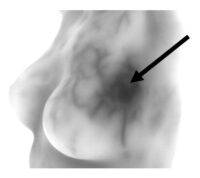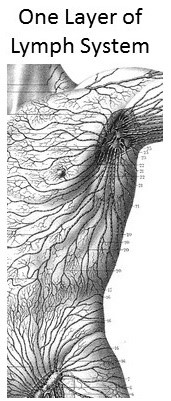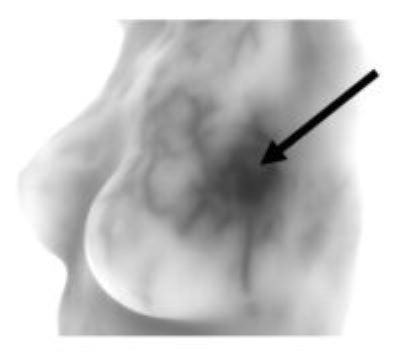Part 2 of 3 in our Series on Lymphatic Inflammation
Part 2. How to Reduce Inflammation

The accumulation of toxins and waste products may not only create lymphatic inflammation throughout the body, but also contribute to localized congestion or blockages in the system. Less than optimal free-flowing lymphatics can burden our immune system, weaken us, and make us more vulnerable to disease and cancer.
To reduce the toxic load being carried in the body:
Address the sources of toxins being introduced into the body from external sources:
- Is what I am about to put in my mouth for nourishment or some other purpose? Generally speaking, the number one way to reduce the toxic load and inflammation in the body is to eat almost exclusively for healthy nourishment, avoiding food sensitivities and eating/drinking much for comfort and pleasure.
- How much chronic stress do I experience? Stress puts a burden on the immune system and can cause significant inflammation.
- Am I being exposed to environmental toxins at home or at work? Think about chemicals, EMF radiation, endocrine disruptors, etc.
Address the sources of toxins and waste being created inside the body:

Is our stomach, gall bladder, pancreas and liver adequately metabolizing/breaking down food or leaving us with undigested food particles and waste?
- Functional and genetics testing and consultation with qualified health professionals, i.e. Functional Medical Doctors, Naturopaths and Nutritionists, may reveal less-than optimal functioning of bodily processes that need support.
- Genetic variations that impact bodily functioning is commonplace. Consider the MTHFR gene mutation, which occurs in 10% to 50% of the population depending on ethnicity and other factors. This mutation affects the liver’s ability to break down chemicals and hormones. Without treatment, there may be an increased toxic load and risk for disease and cancer in the body.
- Certain lifestyle patterns can effectively damage our DNA and preclude optimal bodily functioning. Without lifestyle modification and restoration of healthy DNA, there may be an increased toxic load and risk for disease and cancer in the body.
- Am I eliminating optimally? Our bodies are designed to eliminate shortly after each meal, experiencing as many bowel movements in a day as we have meals (not the meal we just ate, but meals from the day before) so that we have less than a 24 hour transit time from mouth to toilet.
- Am I optimally hydrated? Ideally, we need to drink half our body weight in ounces each day. (Cracked or chapped lips may be a sign of less-than-optimal hydration.)
- Is my gut microbiome balanced? When the colon has sufficient fiber, adequate levels of friendly bacteria, and is not congested or dehydrated, then elimination of wastes and toxins is facilitated. But if insufficient fiber, inadaquate bacteria levels, or dehydration exists in the colon, the components can be reabsorbed into the blood stream.
While some people think the answer to addressing lymphatic inflammation and congestion is to do massage, rebounding, exercise, etc, these techniques address the symptoms, not the sources, of inflammation. We do have to move our bodies to move lymph fluid and the bowels, but:
When we stimulate lymph flow we are “stirring the pot.”
When we address the underlying sources of inflammation, we are “emptying the pot.”
Look for Part 3 on The Lymphatic System next week as we explore ways to move lymphatic fluid.
Learn More
Get more prevention education and tips at betterhealthforlife
Monitor your sources and levels of inflammation at thermogramcenter

